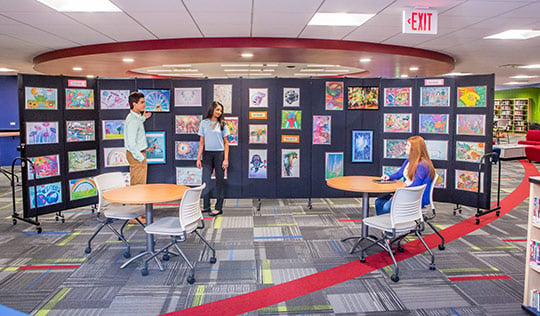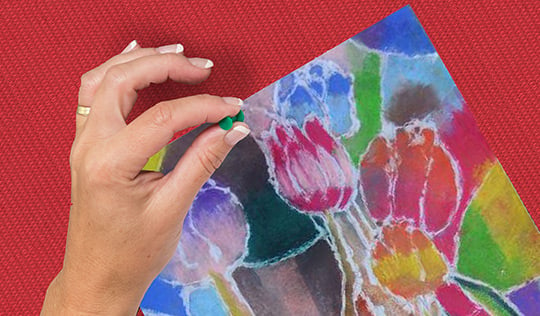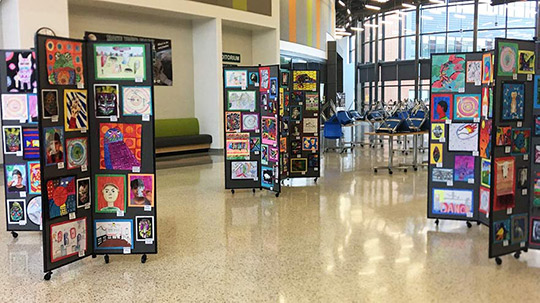Creative Thinking and Art Education
Market: Art Displays
What is art education?
Art is more than a painting or drawing. It comes in multiple forms. Many schools will have numerous types of art classes available as elective credit. Also under the umbrella term of “art” is music and performing arts classes. These courses can help students pave the way for careers, including graphic design, acting, and even creative writing. Although the products of these careers are seen virtually everywhere in today’s society, there is still a ping-pong debate about keeping art education in schools. Typically if budget cuts occur in a school district, various art education programs are slashed down first. Here’s why art classes are beneficial for creative thinking, mental health, and students’ careers in the future.

Importance of art in education
Art is loosely defined as the process or product that arranges elements appealingly. It is usually subjective and looks different from person to person and trade to trade. Because it is not a tangible topic, educators can’t always quantify it and measure its worth. However, there are foundations of art that can be taught in school. Uniquely building onto those foundations usually requires the right amount of creative thinking to become an art form. For example, musicians don’t often spring out the gates ready to play Mozart and Bach. They begin by learning the eight-note musical scale of their clef or pitch. Knowing and practicing the basics first can then lead to creating new pieces.
The “basics,” as mentioned above, are taught in art education. In addition to learning how to create, studies show that the arts help students with their academic needs. Research shows a 13% increase in standardized writing scores, among other social and emotional scores. By learning the fundamentals of art, students learn how to master different skills as well.

Creative Thinking vs. Critical Thinking
By being able to create art, students have been known to showcase excellent creative and critical thinking. While these two terms sound similar enough, they actually serve entirely different purposes from each other. Creative thinking creates something new, while critical thinking assesses the validity of something that already exists. By learning to create art, students learn both skillsets. Critical thinking occurs when students accomplish their task by following the rules or fundamentals.
The creativity then comes by using that knowledge and making something new with it. An example would be someone who is taking a painting class and is supposed to paint something in only primary colors. Critical thinking would be identifying the correct number and choice of colors. However, it works hand in hand with creative thinking to use that knowledge and put it together in a way that the piece makes sense. This capability to use different parts of your brain at the same time is highly beneficial for people in just about every industry.
Art and Memory
Not only does art help both creative and critical thinking, but it is also known to support the brain’s memory function. Everyone remembers information differently, but various forms of art can help. For instance, some people are visual learners and need pictures to remember facts. Other times, people put the things they need to know into a song because it’s easier to recall musical notes than the words themselves. The Alphabet Song is a prime example of this type of learning since most people use it to learn their ABC’s. By using art in education, kids learn not only the facts and figures taught to them, but they also learn how to learn.

Value of Displaying Art
Students, especially young children, love to show off their work. Through the process of creating something new, they’ve passively learned creative thinking, critical thinking, and increased their memory. All of these skills and hard work deserve to be showcased! For this reason, scheduled art shows are immensely important. Some schools have permanent showcase units with shelves and walls, but for art shows, a temporary/flexible solution is preferable. For paintings, drawings, or types of art that needs to be hung up, portable room dividers or display towers are the best option. Screenflex Room Dividers are excellent for art shows with their tackable fabric and ease of portability.
Conclusion
Art and creative thinking are especially crucial at a young age. The habits we use growing up will also be our coping strategies as adults. Art should always remain an integral part of education so the kids of today become functioning adults of the future.